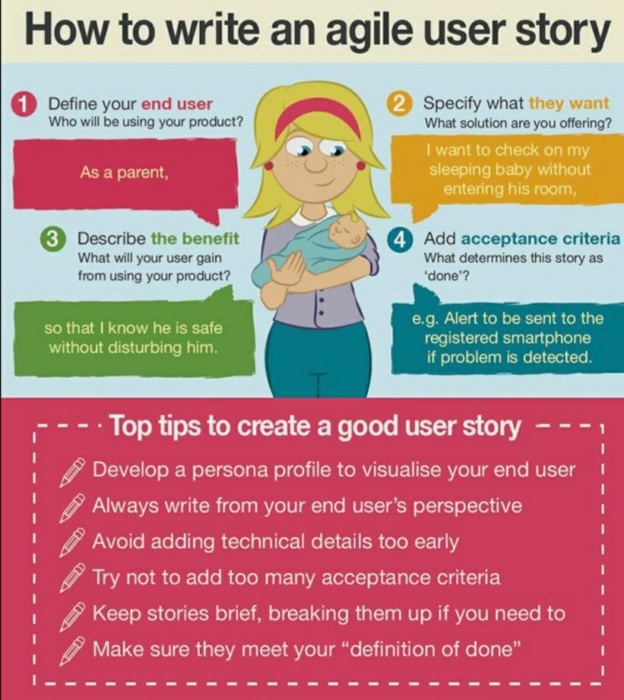Agile Course Description
Agile project management was created as an approach that drives value and enables Agile Professionals to deliver topnotch work to stakeholders. This project management system is basically an iteration of an approach that involves the planning and supervision of processes involved in a project, and this invariably means that an Agile Professional usually completes projects in modular sections.
One of the advantages of Agile Project Management is the way it ensures that complexities are reduced, via the breakdown of long chains and cycles of project development requirements, development of the whole product, and testing to ascertain whether the product has flaws or not. The long cycle can take a very long time before the whole product finally actualizes its dream of being fully available on the market. The Agile Professional, however, has the knowledge and skills to eliminate the long cycle, and thus ensure that the project functions as planned, without the unnecessary delays.
When Agile Professionals gets involved in a project, it is their intention to aim for an ROI that is measurable and early, via the use of step-by-step delivery of the increments attached to products. The Agile Professional continues to feature the customer at every point of the development cycle of the project. In Waterfall Projects, the project manager has a lot of work to do, in that there is the need to balance the various areas of a project including its scope, personnel, quality, cost, risk, reporting, and adaptation to changes in requirements. However, an Agile Professional will handle the responsibilities mentioned above by categorizing them into what is known as “Agile Roles”:
- The owner of the product is given the responsibility of creating goals for the project, taking care of the tradeoff between scope and schedule, the creation of priorities that affect the product features, and adaptations to project requirements that keep changing.
- Members of the team are directly responsible for assigning of roles for the various tasks, management of daily details, including quality control and progress reports for the project.
Basically, a project manager has the utmost assignment of ensuring project goals are met, while also coming up with a formula that will facilitate the best Return on Investment processes, and operating at the least cost.
Agile Professionals are trained to work with very active metrics that function in real time, some of which include Cumulative flow, Burndown, and Velocity as opposed to spreadsheets, Gantt charts that may be outdated, and project milestones that may be impossible or unnecessary. At the end of the project, the product gets delivered before time, plus there is a reduction in costs.
After going through the training to become an Agile project manager, with the aid of the appropriate tools, you will be able to carry out collaborations with other teams on other projects, thus expediting the decision-making process, and removing wasteful processes. Ordinarily, Agile is not easy to scale, however, various tools have been created to make the functionality of Agile easier.


Course Overview
- Scrum Master, Product Owner, SaFe, Advanced Scrum Master, Advanced Product Owner
- Introduction to Agile Project Management
- Establishing Agile Fundamentals
- Preparing for an Agile project
- Building the Foundations for an Agile Project
- Assessing project feasibility
- Setting firm foundations for an Agile project
- Evolving an Accurate Solution
- Investigating and designing options
- Incorporating DSDM project management techniques
- Completing pre-project activities
